Understanding Parkinsons Disease
Introduction
Parkinson's disease is a long-term, degenerative, neurological disorder that primarily affects the motor system. The disease is named after Dr. James Parkinson, who first described the condition in 1817. The symptoms of Parkinson's disease usually develop slowly over time and are often initially mild. However, as the disease progresses, these symptoms can significantly affect a person's quality of life.


Symptoms and Signs
Parkinson's disease is characterized by four primary motor symptoms: bradykinesia (slowness of movement), rigidity (stiffness), resting tremor, and postural instability (balance problems). These symptoms are often accompanied by secondary motor symptoms such as freezing of gait, micrographia (small handwriting), mask-like facial expression, and speech changes. Non-motor symptoms can also occur, including cognitive impairment, mood disorders, sleep difficulties, and autonomic dysfunction.
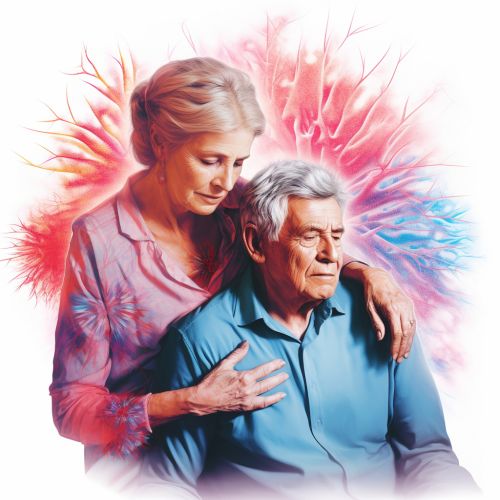
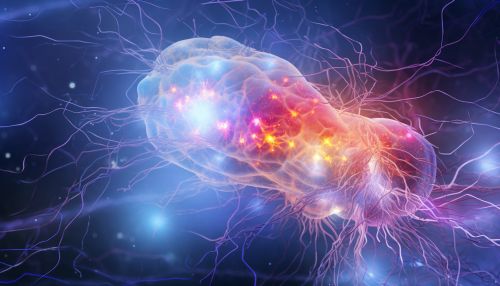
Causes and Risk Factors
The exact cause of Parkinson's disease is unknown, but it is believed to involve both genetic and environmental factors. Certain genetic mutations have been linked to the disease, and having a close relative with Parkinson's increases one's risk. Environmental factors such as exposure to pesticides and a history of head injuries may also increase risk.
Pathophysiology
Parkinson's disease is primarily caused by the death of dopamine-producing cells in the substantia nigra, a part of the brain that controls movement. The loss of these cells leads to a decrease in dopamine, a neurotransmitter that helps regulate movement and emotional responses. The exact reason why these cells die is still unknown, but it is thought to involve a combination of genetic and environmental factors.
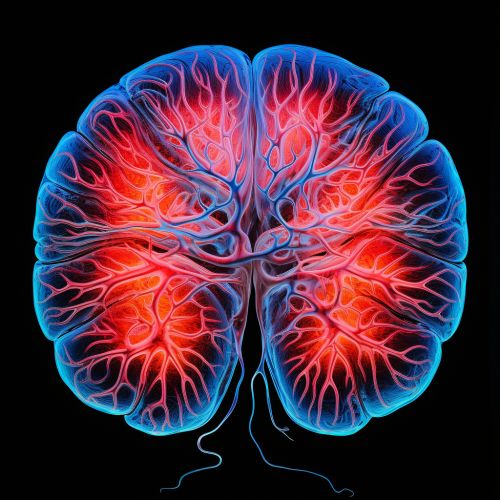
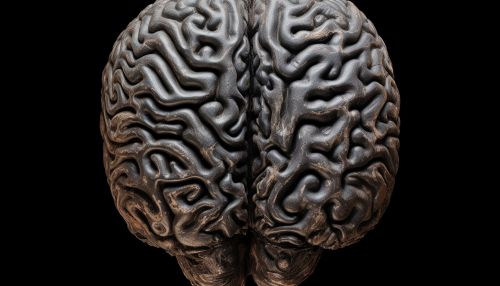
Diagnosis
There is no definitive test for Parkinson's disease, so the diagnosis is typically based on medical history, a review of signs and symptoms, a neurological and physical examination, and, in some cases, a trial of Parkinson's disease medications. In some cases, a DaTscan may be used to support the diagnosis.
Management
While there is no cure for Parkinson's disease, treatments are available to help manage symptoms. These include medications, physical therapy, occupational therapy, speech therapy, and, in some cases, surgical interventions such as deep brain stimulation.
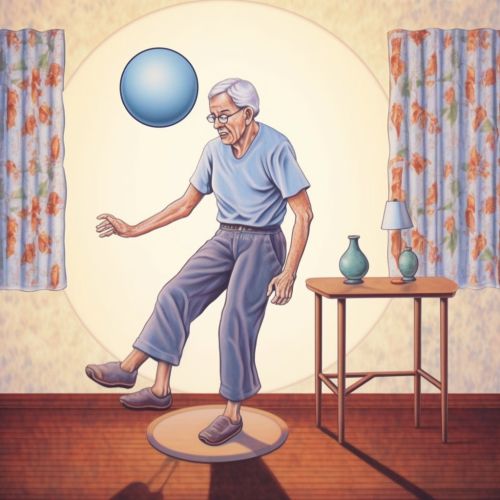

Prognosis
The progression of Parkinson's disease and the severity of symptoms can vary widely among individuals. Some people may live with the disease for many years, while others may experience a more rapid progression. Despite this, with appropriate treatment, most people with Parkinson's disease can live productive lives.
Epidemiology
Parkinson's disease affects about 1% of people over the age of 60, making it the second most common neurodegenerative disorder after Alzheimer's disease. The disease is more common in men than in women, and the risk of developing Parkinson's increases with age.
History
Parkinson's disease was first described in 1817 by Dr. James Parkinson in his work "An Essay on the Shaking Palsy". However, it was not until 1960 that the deficiency of dopamine in the brains of Parkinson's patients was discovered, leading to the development of effective drug treatments.


